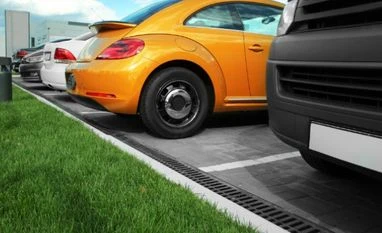However, assembling a vehicle platoon to deliver packages between distribution centres, or to transport passengers between stations, requires time, researchers said.
The first vehicle to arrive at a station must wait for others to show up before they can all leave as a platoon, creating inevitable delays.
Also Read
The analysis shows relatively simple, straightforward schedules may be the optimal approach for saving fuel and minimising delays for autonomous vehicle fleets.
You’ve reached your limit of {{free_limit}} free articles this month.
Subscribe now for unlimited access.
Already subscribed? Log in
Subscribe to read the full story →

Smart Quarterly
₹900
3 Months
₹300/Month
Smart Essential
₹810
1 Year
₹67/Month
Super Saver
₹1,170
2 Years
₹48/Month
Renews automatically, cancel anytime
Here’s what’s included in our digital subscription plans
Access to Exclusive Premium Stories
Over 30 subscriber-only stories daily, handpicked by our editors


Complimentary Access to The New York Times
News, Games, Cooking, Audio, Wirecutter & The Athletic
Business Standard Epaper
Digital replica of our daily newspaper — with options to read, save, and share


Curated Newsletters
Insights on markets, finance, politics, tech, and more delivered to your inbox
Market Analysis & Investment Insights
In-depth market analysis & insights with access to The Smart Investor


Archives
Repository of articles and publications dating back to 1997
Ad-free Reading
Uninterrupted reading experience with no advertisements


Seamless Access Across All Devices
Access Business Standard across devices — mobile, tablet, or PC, via web or app



)
